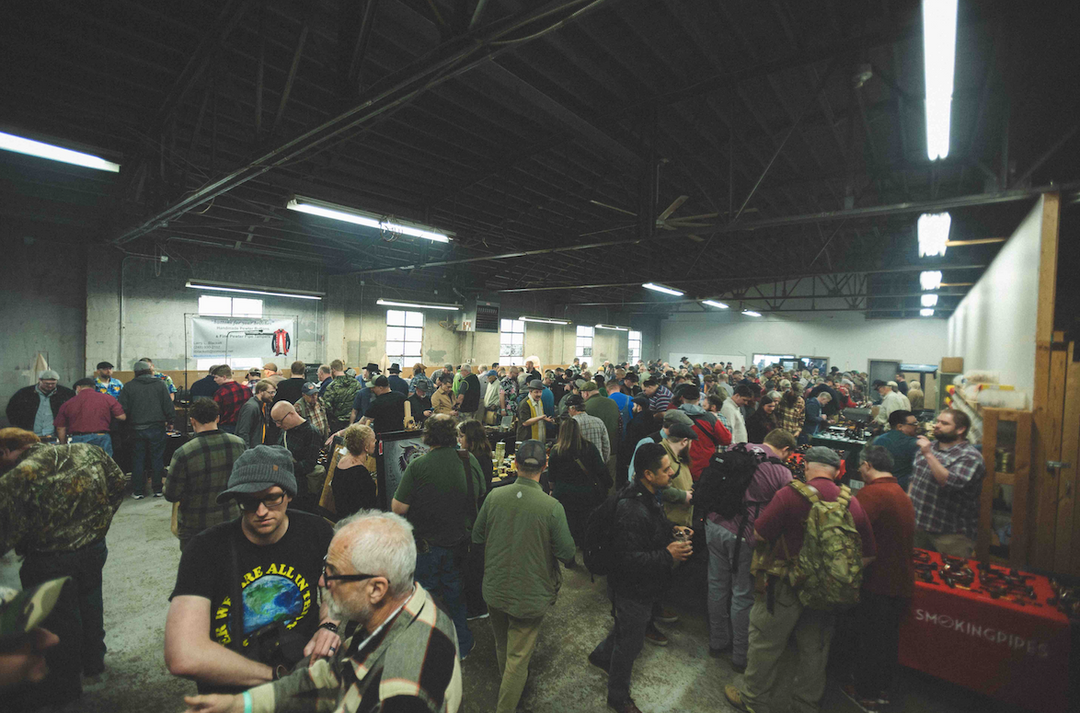Proportion & Style
Many view pipes as a simple tool that functions as a means to the end of smoking tobacco. Others view them as something approaching art, or at the very least the creative output of an individual or company that communicates something more than just function. Whatever one's view on the art and craft of pipe making, most find the process of making and designing pipes interesting. With that in mind, we are starting a blog series about pipe design and the hope is that you all find this and future articles interesting and/or educational.
Classification, while often insufficient, provides us all with a foundation for understanding and discussion. In any given conversation about pipe design, classifications like Danish, Italian, Classic British, Classic French, etc always come up. These terms provide context and a sort of shorthand to explain specific aesthetic tendencies which can often be incredibly subtle. A straight billiard is a straight billiard is a straight billiard, right? Well, no, not really. A Danish straight billiard from Jess Chonowitsch is noticeably different than one from Dunhill, which is noticeably different than one from Castello. There are a lot of factors that contribute to those differences, and we will be getting into a lot of them in the future.
For the first entry in this series I want to talk about proportion and how it can affect style and place a pipe into a specific "school" of pipe design. As this is the BriarWorks Blog, I'm going to use two shapes from the BriarWorks Classic line to illustrate the effect that proportion can have on the general aesthetic of a pipe and what school of pipe design that pipe will tend to be associated with.

C12 Bent Billiard vs. C13 Bent Billiard
The C12 and C13 Bent Billiards from the BriarWorks Classic line are an interesting case. Both of these pipes have the exact same bowl shape, but their size and the proportions created by their respective stems give them a distinctly different vibe and place their influences in different eras of pipe making.
The C12 has the weight and silhouette of a pipe most often associated with British classics from the early to mid-1900s. The bowl has a solid and masculine quality to it with just enough shapeliness to give it a sense of style without overpowering its function as a smoking implement. The bend of the stem will typically put the slot/button end of the airway on the same axis as the top of the bowl, creating a sense of balance and rigidity that frames the curves of the pipe in conservative tradition.
The C13, while featuring the same bowl shape as the C12, is distinctly different. The bowl has been scaled down quite a bit, making it not only a lighter weight pipe but also removing some of the visual impact of the larger C12. Pairing the smaller bowl with a smaller diameter and longer stem imbues a sense of lithe grace to the C13 that gives it a more delicate, maybe even feminine, aesthetic. The stem of the C13 is typically over bent, as well, giving it an almost whip-like sense of motion. These fairly subtle proportional differences change the overall composition and place the design influence with late 1800s - very early 1900s French factory pipes.
It should be mentioned that early French pipe design was an influence on the designs from the British pipe manufacturers so there will be examples of later British pipes that look more like the C13 than the C12. The path by which one aesthetic influences another is blurry at best and so much overlap occurs that it is often hard to pinpoint an exact origin. The characterization of both of these shapes has more to do with the overall flow of the pipes and which school of design they most resemble. Whichever influences you see in the designs, the difference in the proportions of bowl size and stem size and length give both shapes a distinct personality of their own.
Pilot Batch
Most of us at BriarWorks also make handmade pipes so we think about and experiment with various design ideas constantly. Just changing the style of stem on a given pipe can change the proportions and flow of a shape enough to make it feel like a different pipe. As we continue to experiment with these concepts there will be some new versions of existing shapes being released. The initial batches of these new versions will be fairly small quantities, but we look at them as "pilot batches." If some of these new takes on old favorites are popular they could become regular production pipes. As we release these new versions, please let us know what you think.
Thanks!








